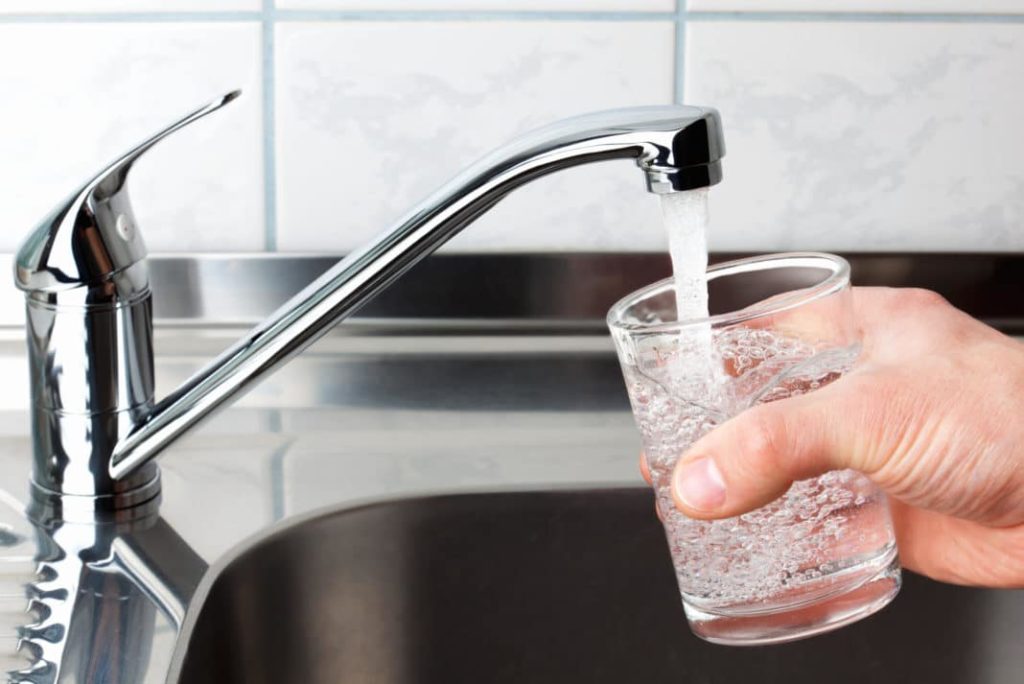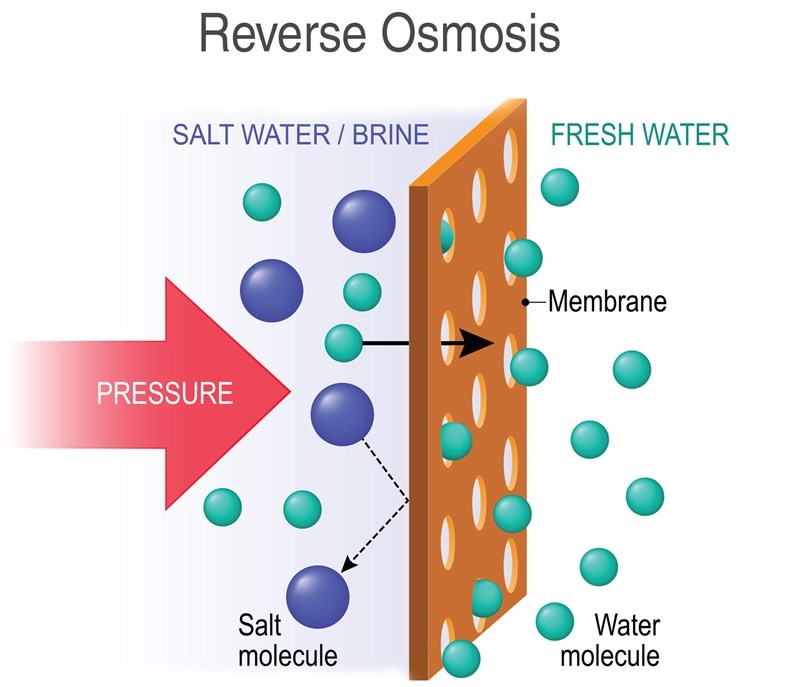Does Reverse Osmosis Remove Fluoride from Your Drinking Water?
There is a lot of debate about whether or not fluoride is good from you and if you should leave it in your drinking water or not. While there are valid points on both sides of that argument, we’re not going to get into that today. Instead, I just want to focus on how to remove fluoride if you rely on city water and you don’t want to drink it regularly. A common question that I get when talking about water is “does reverse osmosis remove fluoride from drinking water? And the answer is a loud resounding yes, and it happens to be one of the most effective ways to remove fluoride as well. So if you’re searching for a tool to take the fluoride out of your water, think about using reverse osmosis to remove fluoride.

How Does Reverse Osmosis Remove Fluoride from Water?
Reverse osmosis is a powerful technique that essentially pushes water through a tiny membrane under high pressure. (We’re talking between 40 to 80 PSI at home and massive pressures of 400 to 1200 PSI in commercial processing systems.) As the water travels through that membrane, larger unsupported molecules, such as Fluoride get rejected and you end up with water that’s much purer at the end. In the graphic below you can get a decent idea of how reverse osmosis works. Even though fluoride molecules aren’t included in the graphic, they’re larger than the membrane holes as well, just like the salt water brine molecules. Through the heavy pressure of a reverse osmosis system all that fluoride gets processed out of the water and left behind, or at least most of it. There is some degradation of the system and it’s never going to remove 100% of everything from the water you drink.

How Effective is Reverse Osmosis to Remove Fluoride from Your Water?
Now that you know reverse osmosis is one of the best ways to remove fluoride from your drinking water, it’s time to get into just how much of the fluoride the system is going to remove overall. When using a high-quality reverse osmosis system for your house you can remove up to 98 percent of all the fluoride in your system. The top systems have finer membranes that can pull even more out of your drinking water. You can find systems capable of pulling objects as fine as 0.0001 microns in size out of the water, that’s much more effective than any other sort of filtration that you’re going to get through something like activated carbon.
Is It a Good Idea to Remove Fluoride from My Water?
Now that you know reverse osmosis is the best tool for taking fluoride out of your water, it’s time to discuss whether or not that’s even a good idea in the first place. Overall I think it’s a decent idea as long as you’re getting fluoride into your body in some other way. There’s plenty of medical proof that shows fluoride offers very real benefits to your body, especially for tooth health. It might not be a good thing to overdo the fluoride you take in though. By removing the fluoride from your drinking water with a reverse osmosis system for your house, you take control back over how much fluoride you’re consuming. You can pick your fluoride sources carefully and also keep closer track of how much of the compound you’re consuming regularly. If that sounds like too much work for you, you can just keep drinking your fluorinated water and avoid other sources of fluoride during the rest of your day if that’s easier. Either way, you’ll need reverse osmosis to remove fluoride from your drinking water if that’s something you’re interested in doing.
Instead of asking the question, does reverse osmosis remove fluoride from my water? You should be asking which system is going to work best for me? We put together a complete guide on the best reverse osmosis system for house hold use. We took a look at the most popular systems available today and the systems with the highest proven value overall and created a powerful comparison to make choosing the best product simple.